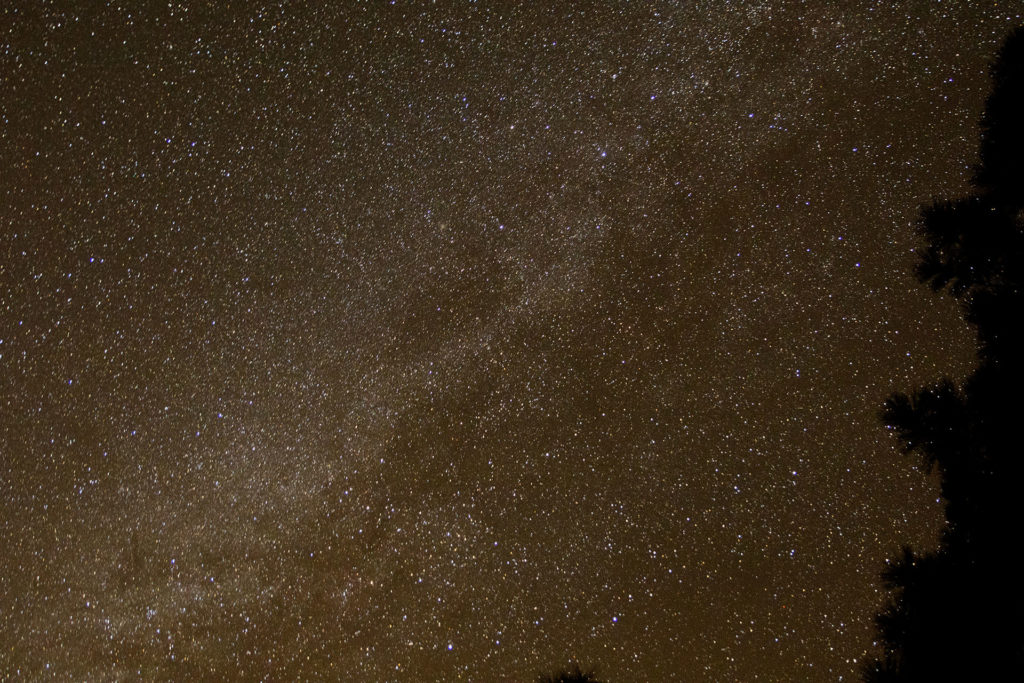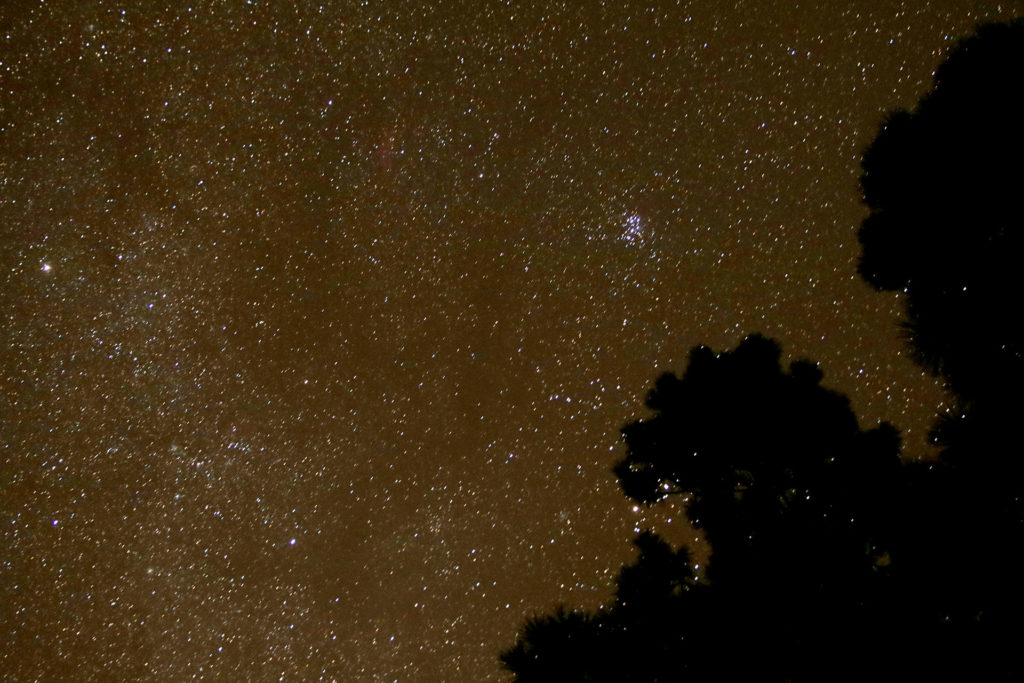Star Time Lapse
On December 12, 2017, I went up into the Sierras into some much darker skies, with less light pollution. The moon was out of the way, so it wouldn’t be ruining the sky for pictures, as it is way too bright. I took my Canon EOS 80D camera, with my lens, and tripod, and set it up in a clearing about 100 yards off the road. I ended up with a little more than two hours worth of images, 30 second exposures at f/2.8 and an ISO of 1250, to create this 12 second video.
All the streaks you see are airplanes. The video is best watched full screen. I will try to be taking more time lapses soon.
Some details, I am using the time lapse movie mode on the camera. The other method is to just take hundreds or thousands of individual images. Individual images trigger the shutter each time, and with the shutter having a lifetime of about 100K triggers, taking a bunch of time lapses using this method seems like a foolish or expensive use of the shutter, as I read an article saying that would wear out the shutter on the camera, if I took enough time lapses. Using the movie mode on the camera, I just put it in manual mode, set the exposure and f stop, and ISO, and I can take a movie using the shutter only once for the entire movie.
Here are some individual images I took while up there. With a 30 second non-guided exposure, the turn of the Earth is enough to start showing elongated stars. Click on them to enlarge the image.


December 31, 2018 @ 7:42 am
I posted a longer comment on Joan Genebriera’s blog (Tacande Observatory). The gist is, that I’ve compared three catalogs now (Wm. Herschel, 1908 Harvard, & Hipparcos). There seems to be a moving ellipse of partial occultation, like a tilted ring around an orbiting distant planet. The most reliable extrapolated position at which to look for stellar dimming now, is near 89, tau and upsilon Leonis.